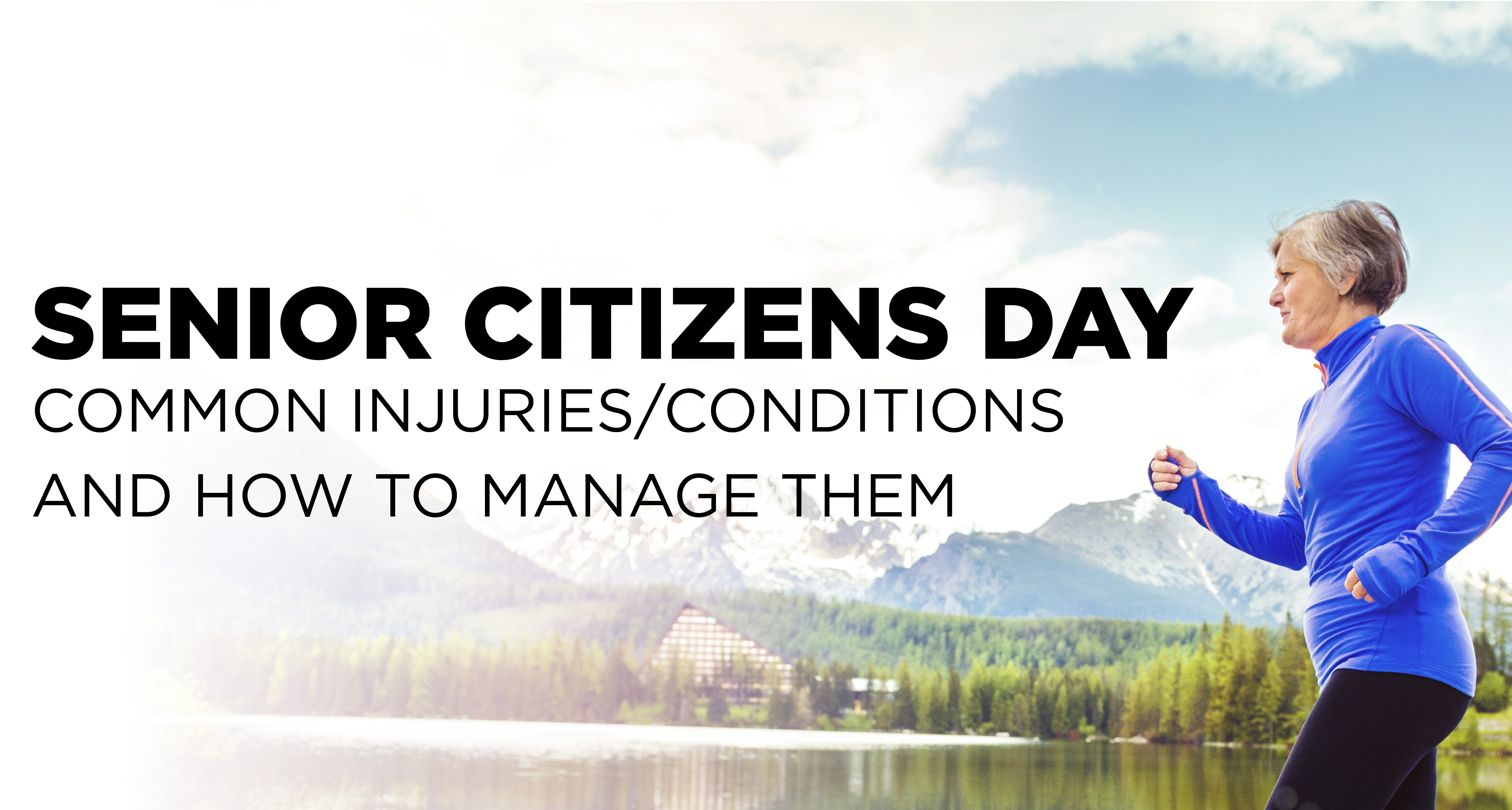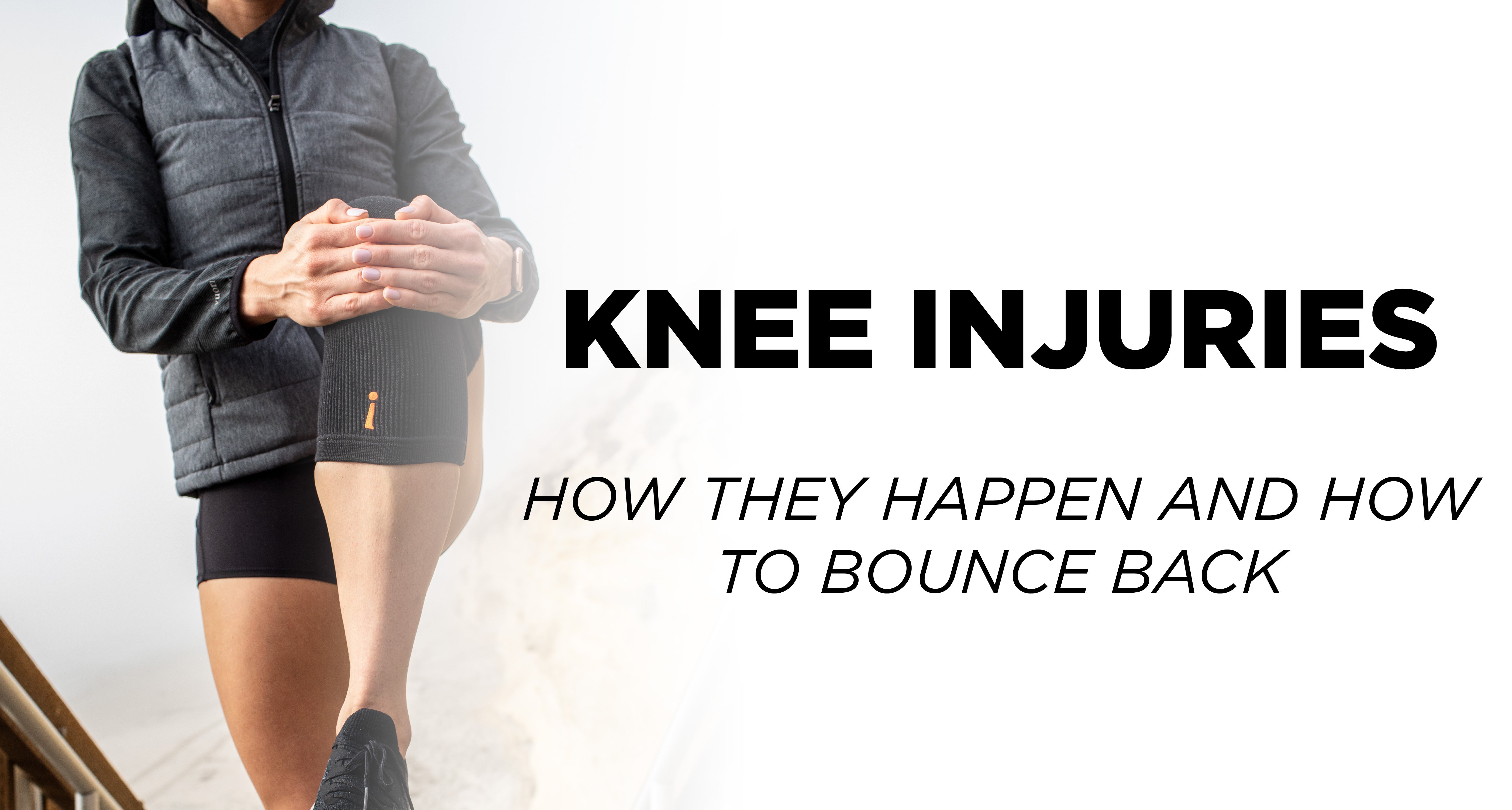In the United States, there are between 100,000 and 200,000 anterior cruciate ligament (ACL) ruptures per year. It’s the most commonly injured knee ligament, and has an incidence rate of about 1 in 3500. The main four ligaments, or “tough bands of tissue” in the knee, include the ACL, posterior cruciate ligament (PCL), lateral collateral ligament (LCL) and medial collateral ligament (MCL) and are also commonly injured.
So how do they occur, and what are some of the best ways to recover?
The PCL links the thigh to the shin bone and accounts for about 20% of knee injuries, most commonly inflicted by car accidents. The MCL is another ligament linking the thigh to the shin bone on the inside of the knee, but is primarily suffered by direct contact - commonly through contact sports. The last ligament, the LCL, connects the thigh bone to the fibula, the smaller bone on the outside of the knee. It’s most commonly injured when the knee bends inwards too excessively and the LCL is stretched too far.
ACL injuries, being the most popular, affect people of all ages including children, though research shows women are twice as likely to suffer from them. The injuries can occur in a variety of ways but most frequently happen in sports involving contact or agility, like gymnastics or football. They typically result from awkward and abrupt movements and landings. It’s not limited to sports though. Folks take bad steps on their patio - down or up steps anywhere for that matter - all the time and can suffer at the same intensity as athletes.
These types of injuries are hard to prevent, and though it is possible to take precautions with regular stretching warm ups if you’re doing sports. You may be curious as to whether or not you’re suffering from one of the mentioned injuries, and will be wondering - do I need surgery?
Do I need surgery?
The short answer is that not all ACL injuries require reconstruction. In fact, a study done on an adult population showed equal long-term outcomes between those who pursued exercise rehabilitation versus those who had ACL reconstruction. Regardless of which route you choose, you’ll have better results if you perform five weeks of supervised rehabilitation after your pain has lessened.
What are some ways to lessen your pain?
There are tons of traditional methods out there that your doctor will tell you about including the R.I.C.E method (now proven to be ineffective) and anti-inflammatory medication to combat pain and swelling. Potentially even something even stronger such as steroid injections, depending on your pain levels.
These are methods that are common in the healthcare industry, but not everybody favors them. For those searching for a natural method, Incrediwear offers a solution. The Knee Sleeve is a wearable anti-inflammatory sleeve that can be applied post-surgery for rehab and recovery.
The Knee Sleeve material is infused with circulation-enhancing semiconductors: germanium and carbon. These elements are activated by your body heat, creating cellular vibrations that dramatically increase blood flow. This increased blood flow delivers more oxygen to the affected area, promoting faster healing while reducing pain and inflammation. As a result, clinical trials have proven an increase in resting blood flow by up to 21.6% and blood speed by up to 22.2%, and recovery can be accelerated by 46%.
A natural solution
Incrediwear sets itself apart from everyday methods of pain relief by utilizing your body’s natural ability to heal. They’re made for long-term wear, meaning you can get the relief you need around the clock - so vital after a surgery. Odor-resistant and antimicrobial, they’re also perfect for when you transition your rehab from the early days of basic movements to more demanding activities and exercises.
Sleeves and rehab
You’ll be going through a lot of exercises that are meant to help strengthen the muscles around your knee and help regain your full range of motion post surgery - and these may be painful or challenging at first. That’s why we recommend donning a knee sleeve while doing so to help increase blood flow.
Increased circulation in the areas you’re experiencing pain means that you’re bringing more oxygen and nutrients to the target area. This optimizes your body’s natural healing process and accelerates post-operative recovery.
For those who are suffering from ACL injuries or ruptures, know that you aren’t alone, and that many people share the pain and frustration that comes with recovery. Join our Knee Surgery Community to meet others on your same journey, ask questions, and share your story: JOIN THE COMMUNITY!
Read more

In a study with 20 elite level triathletes, Incrediwear’s proprietary blend fabric Leg Sleeve dramatically reduced muscle soreness and tenderness, while improving muscle tone and looseness during t...

August 21st is National Senior Citizen’s Day! Celebrated annually, the day was established by President Ronald Reagan in 1988. It provides an opportunity to recognize the lives and achievements of ...







6 comments
Hi Brian. Please check with your doctor first given the recency of your surgery but generally speaking, yes, that should be fine!
Incrediwear Team
Is my sleeve essential to wear post meniscus tear surgery? It’s been 6 days and I still have some swelling…
Brian H
Hi Sydney, thanks for your question. Yes, our products are safe and effective after knee replacement surgery. We have just completed a TKR study with amazing results which will be published soon. We recommend wearing the leg sleeve at night and the knee sleeve in the daytime.
Incrediwear Team
Ok to use & benefits after a knee replacement?
Sydney
Hi Joan, yes absolutely. We have just completed a TKR study with amazing results which will be published soon. We recommend wearing the leg sleeve at night and the knee sleeve in the daytime.
Incrediwear Team
Are these products of any use to post-TKR surgery?
Joan
Leave a comment
All comments are moderated before being published.
This site is protected by hCaptcha and the hCaptcha Privacy Policy and Terms of Service apply.